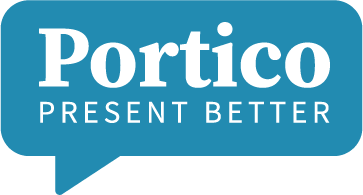Developing an effective presentation requires an understanding of our audience. What do they know, and what do they want to know? Our ability to meet them at that intersection sets the foundation for an effective meeting.
When you are presenting to the board of directors, your audience is often comprised of subject matter experts in business functions, technology, or an industry. Yet they probably know relatively little about your organization. The benefit of this is that your board can give a outsider perspective. The problem arises when an imbalance of knowledge, known as information asymmetry, is so significant that it makes providing and understanding context difficult. As boards expand their role from one of compliance to advising on strategy, solving for this problem becomes more important.
How can we prepare for presentations in cases of information asymmetry?
- Prioritize information for your audience. An immediate reaction to help our audience is to provide more information. Adding more documents to the board book or worse, your presentation, only dilutes your most important messages and places a greater burden on your audience. Devote more time to thinking about what they need to know about your company, and then prioritize the most important information across all of your presentations. This will allow for a more focused exchange of information. In fact, in a report on Asymmetric Information Risk by the National Association of Corporate Directors (NACD) and McGladrey Associates, one of the red flags was information overload. The report recommends, “Management needs to take the time to truncate the information delivered to the board.”
- Use clear language. At a recent NACD event, one member lamented that companies develop their own terminology to describe their operations, and that departments exacerbate that by using their own definition of “risk,” for example. Consider the perspective of your board members. They sit through consecutive presentations and must decipher what the speaker is referring to, rather than thinking about how they can offer guidance. As a company, develop a shared definition of terms and use plain English. Although you might use your acronyms on a daily basis, chances are your board members do not (the same is probably true for your investors and customers).
- Engage your audience outside of the meeting. We tend to focus so much on the presentation itself that we miss opportunities to learn from our audience in the months and weeks before and after. How can you reach out on an individual basis to find out what resonates and what remains unclear? The NACD report recommends scheduling site visits for directors so that they can meet other managers or your front line.
For more information on information asymmetry, read Mitigating Board Information Risk.


